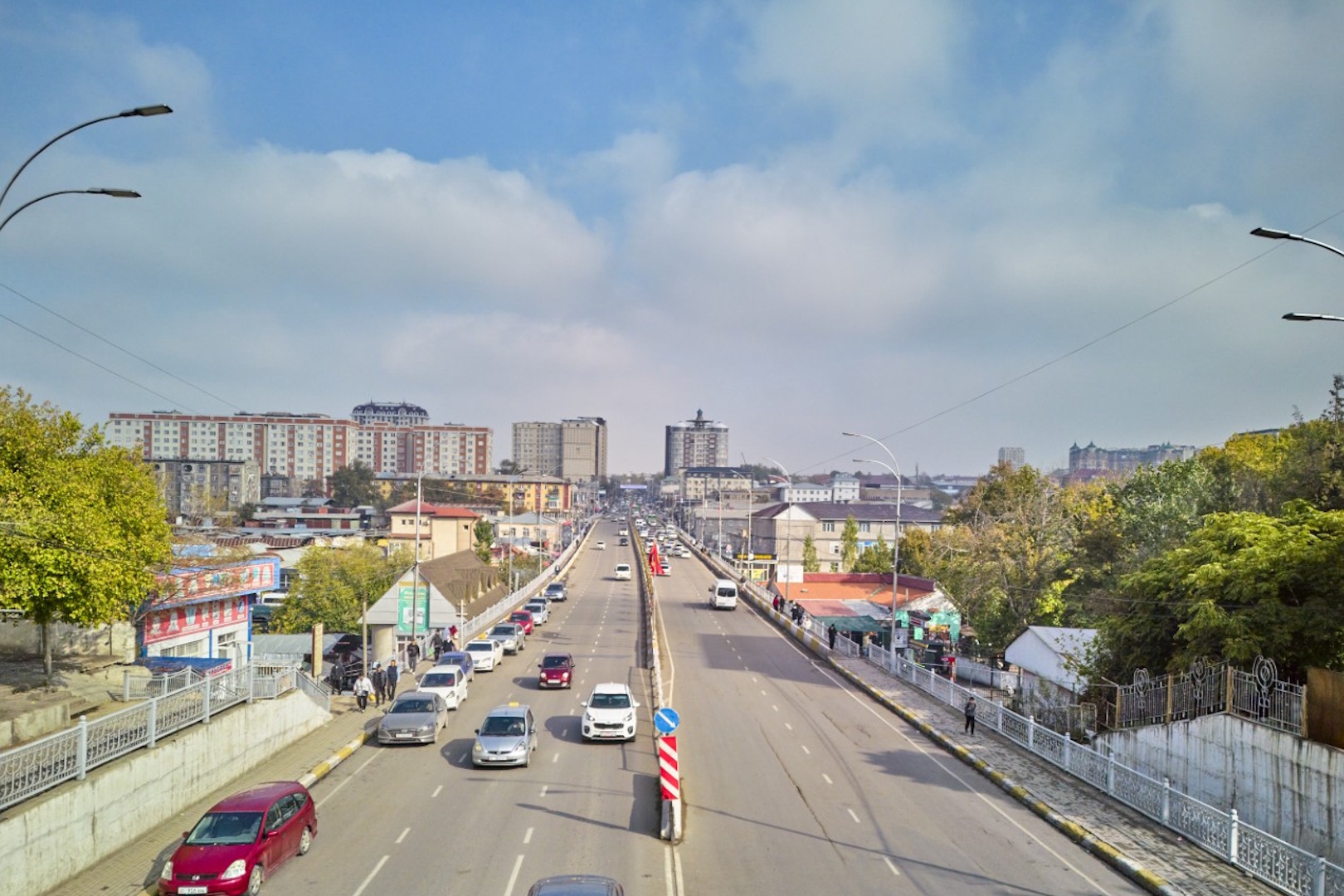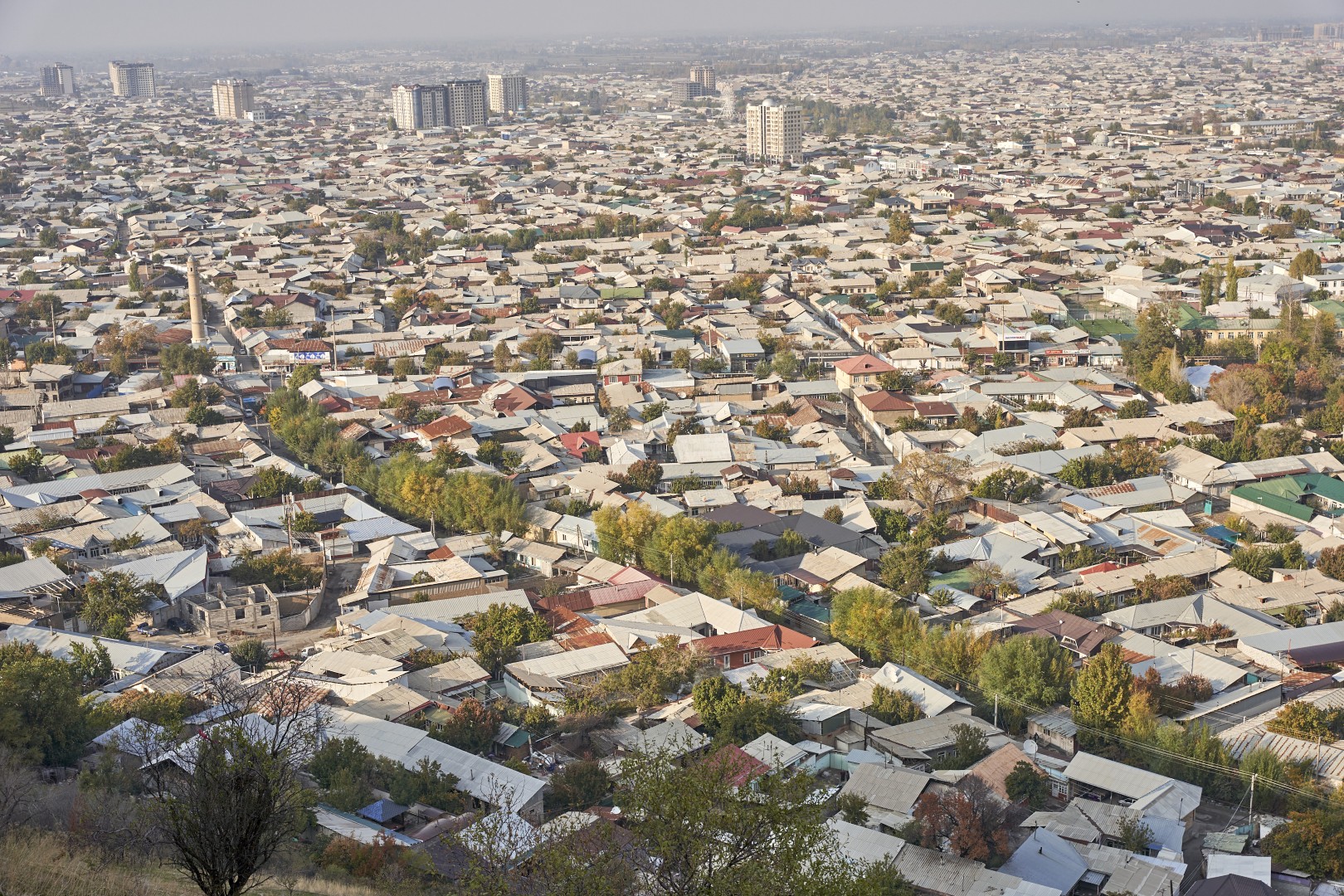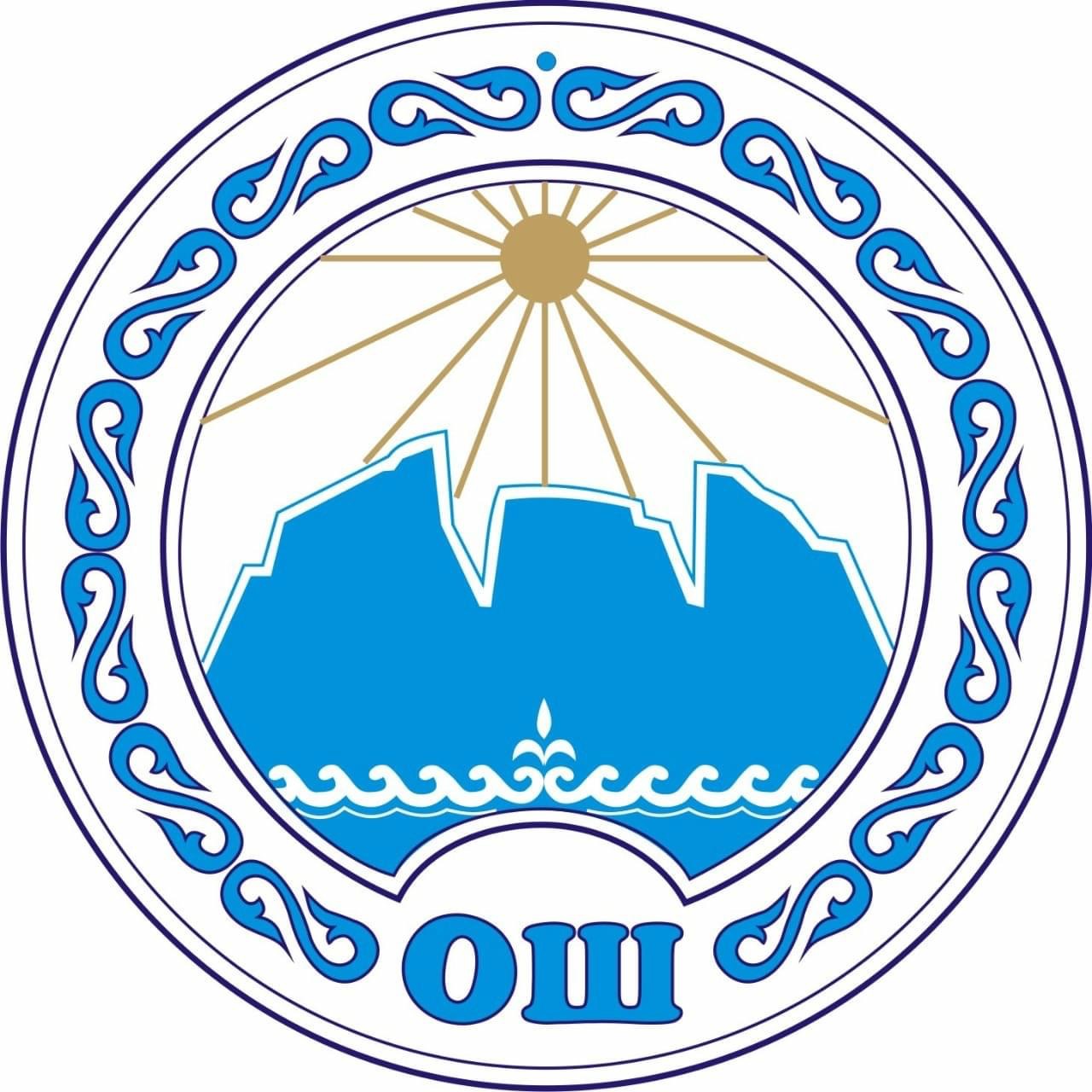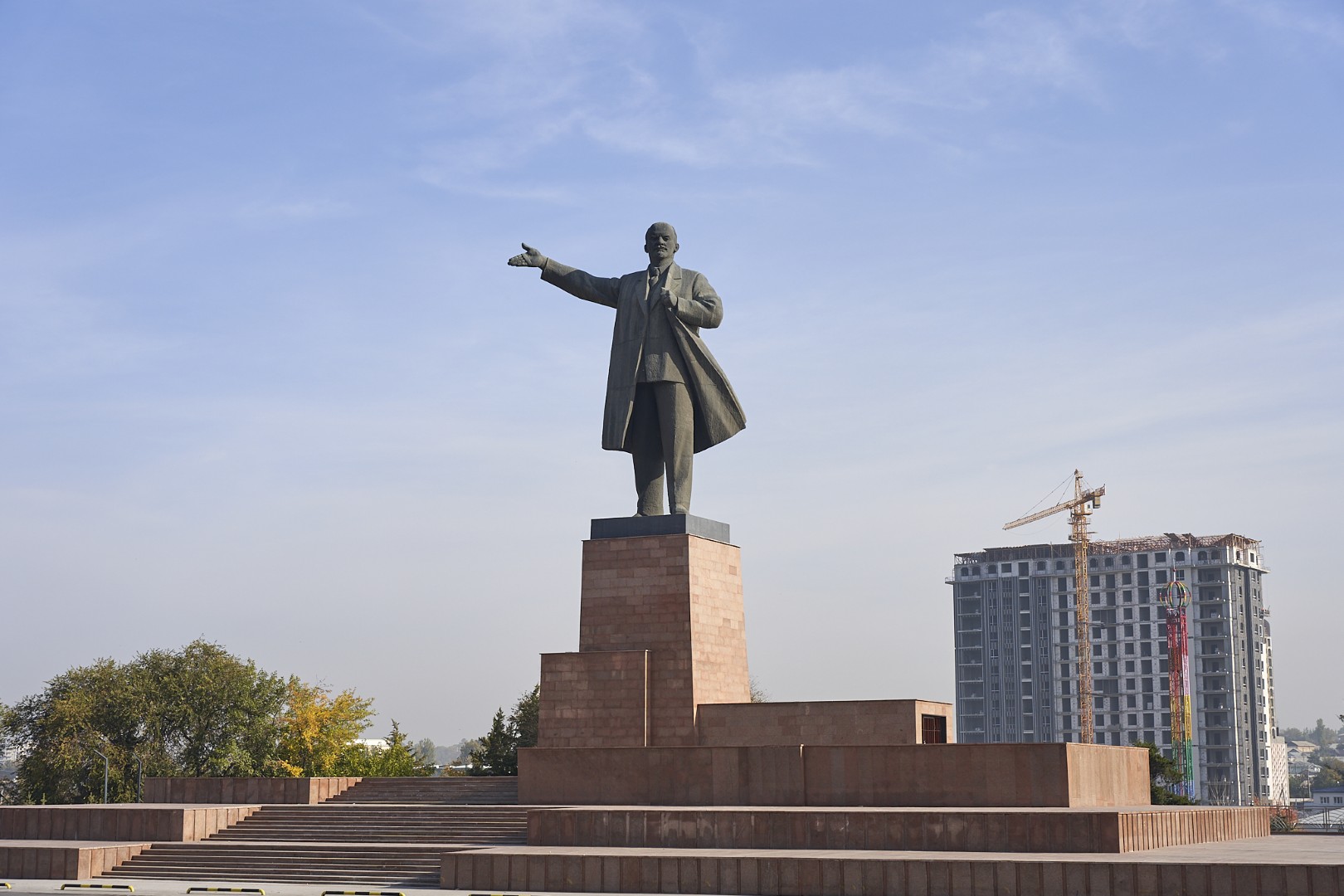
Soviet Osh
The urban history of Osh began very long ago. In the 9th and 10th centuries, it was a typical medieval city with a citadel, around which shahristan, or township, with adjoining fortifications was placed. In the 17th and 19th centuries, Osh developed as a classic oriental city with an intricate web of streets, noisy bazaars, teahouses, and complexes of mosques and madrasas.
After 1876, having become part of the Russian Empire, Osh began to develop rapidly. To the south of the “old city” (the area of the old bazaar), a “new city” arose and expanded throughout the Soviet period.
In 1938, a group of Moscow architects arrived in Kyrgyzstan, tasked with the ambitious project of building and reconstructing towns and settlements. Incidentally, in 1939, Osh became the administrative centre of the region of the same name.
In 1940, the Kirgosproekt (Kyrgyz State Project) Trust, under the guidance of Vasily Zmievsky, a graduate of the architectural faculty of the Odessa Art School and a talented artist and architect, created the first city planning for the development and reconstruction of Osh. The architects proposed a mixed layout for the city, with both rectangular blocks and radial webs of streets, which took into account the peculiarities of the old streets and maintained their appearance. Thus, a new chapter in the history of the city began.
Locations of the Tour
- The road to the Pamirs starts in Osh!The Pamir Highway begins in Osh! The Pamir Highway, one of the highest mountain routes in the world, is an extraordinary landmark and starts right here. It was laid along the old Silk Road caravan routes in 1894 by engineers of the Imperial Russian Army led by Mickiewicz, Burakovsky and Zarakovsky.
- Osh FortressThe Osh fortress was built in 1919 on the site of the former Tsarist Russian military barracks, located in the very center of the “new city” at the intersection of Kurmanjan Datka and Lomonosov streets.
- Bridges and Ak-BuuraOsh is a city of countless small bridges. Walking around the city, we often do not notice that we are crossing them, and that below us are numerous canals. Most of the bridges are located on the Ak-Buura River. It flows through the center of Osh, dividing the city into right and left banks. At the beginning of the 20th century before the modern bridges were built, Osh was split into halves by the wide expanse of water.
- Mosaics as symbols of the eraMonumental mosaics, still preserved on some buildings in Osh, are an instantly-recognizable hallmark of the Soviet period in the history of the city. The first mosaic panels, imbued with the spirit of that time, appeared in Osh in the 1960s and 1970s, during the general reconstruction of the city. They varied in subject matter and complexity, as well as material. Some panels were made of expensive materials such as smalt, ceramic, marble and granite.
- Monuments as symbols of changing erasAn imposing monument to Communist leader Vladimir Lenin, erected in May 1985, still stands in Osh’s central square. The statue itself is 11 metres high and rises on a 12-metre plinth. The originator of the project, Soviet sculptor Nikolai Tomsky, died a year before its opening. He is well-known as the artist behind many of the monuments to Lenin spread across the former Soviet Union.
- Soviet city near the Alai MountainsWelcome to Soviet Osh! The current appearance of the city was largely formed during that period. The Second World War delayed the realization of the city’s development projects, planned in the late 1930s. Therefore, the complete general reconstruction of Osh began in 1949.

Other Locations
-

National Drama Theatre
The Osh National Drama Theatre named after Sultan Ibraimov is one of the largest and most famous theatres in Kyrgyzstan. The theatre company was established…
-
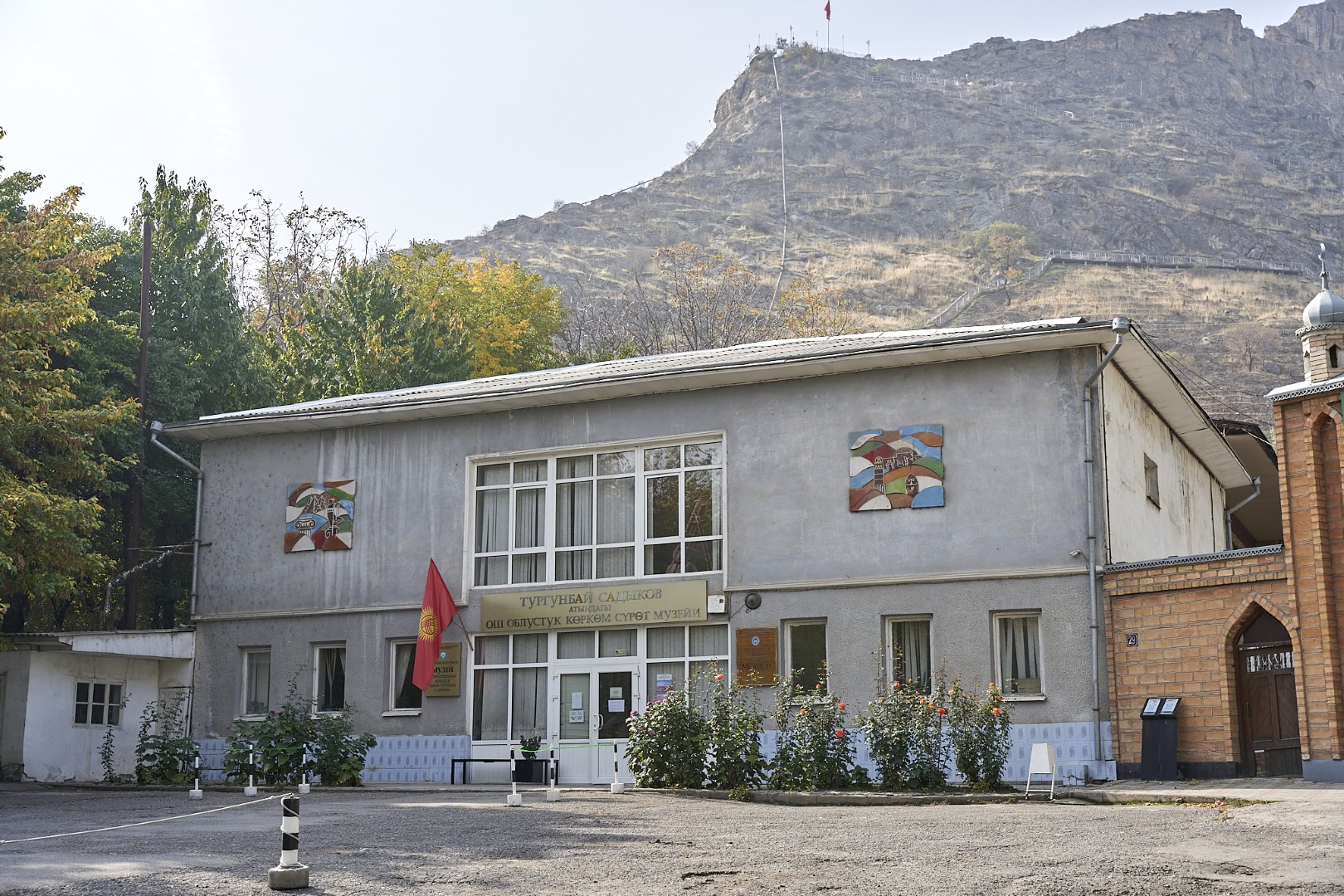
Museum of Fine Arts
The Osh Regional Museum of Fine Arts named after Turgunbai Sadykov is the newest of the local museums. It was opened in 2014 at the…
-
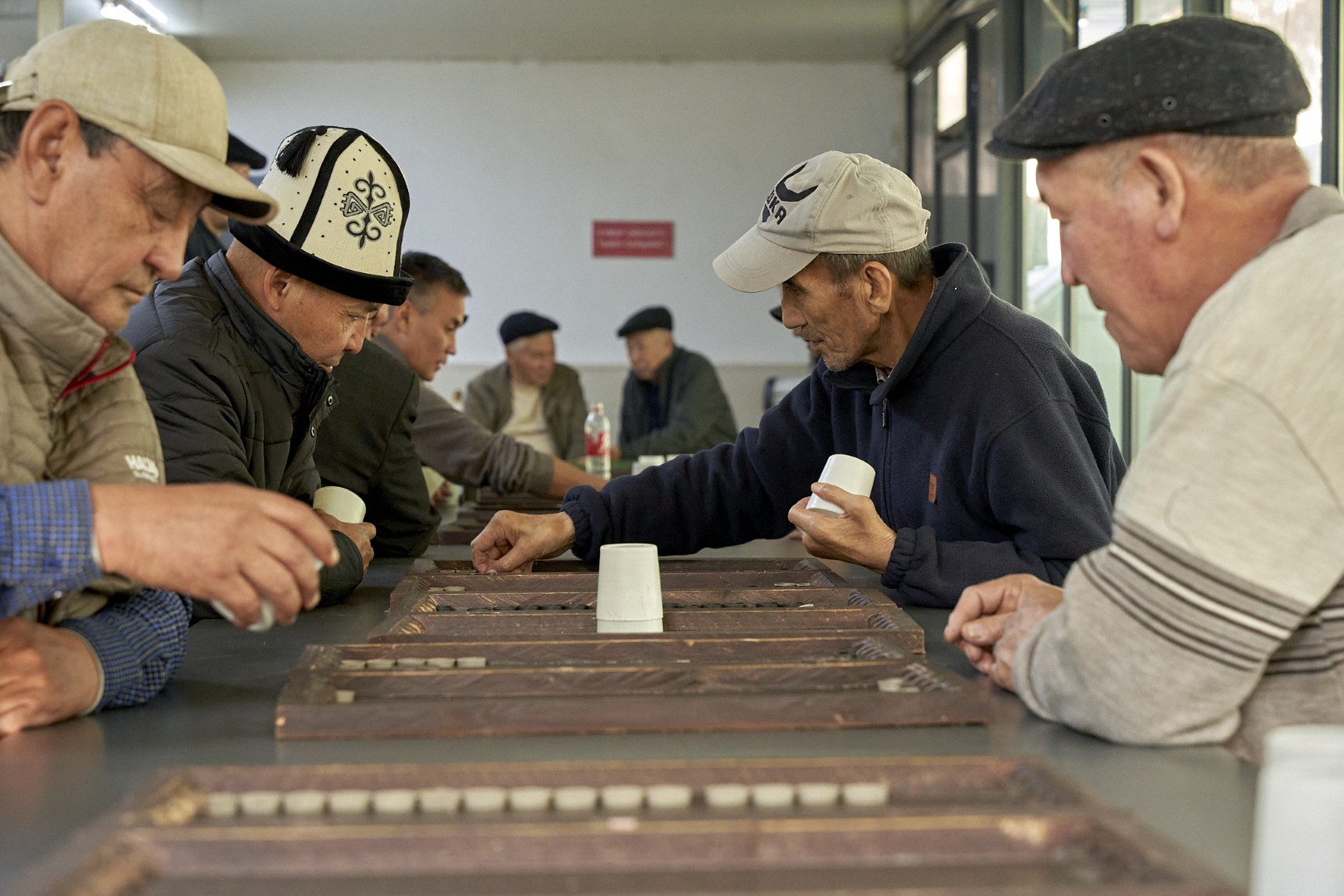
Diversity
Start your leisurely stroll through the old bazaar with a piala, the traditional teacup, of fragrant green tea. Stop by one of the local teahouses…
-
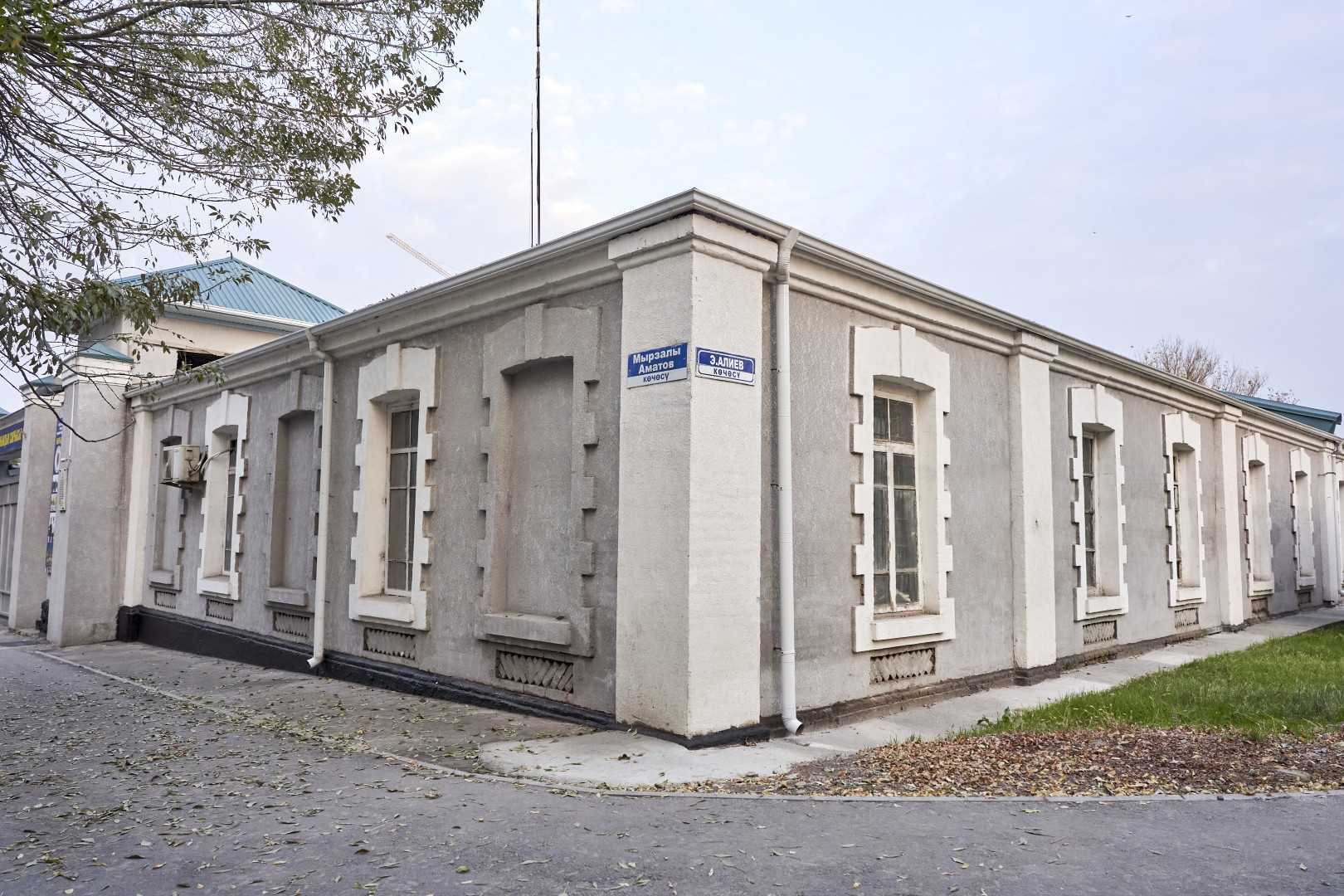
Osh Fortress
The Osh fortress was built in 1919 on the site of the former Tsarist Russian military barracks, located in the very center of the “new…
-
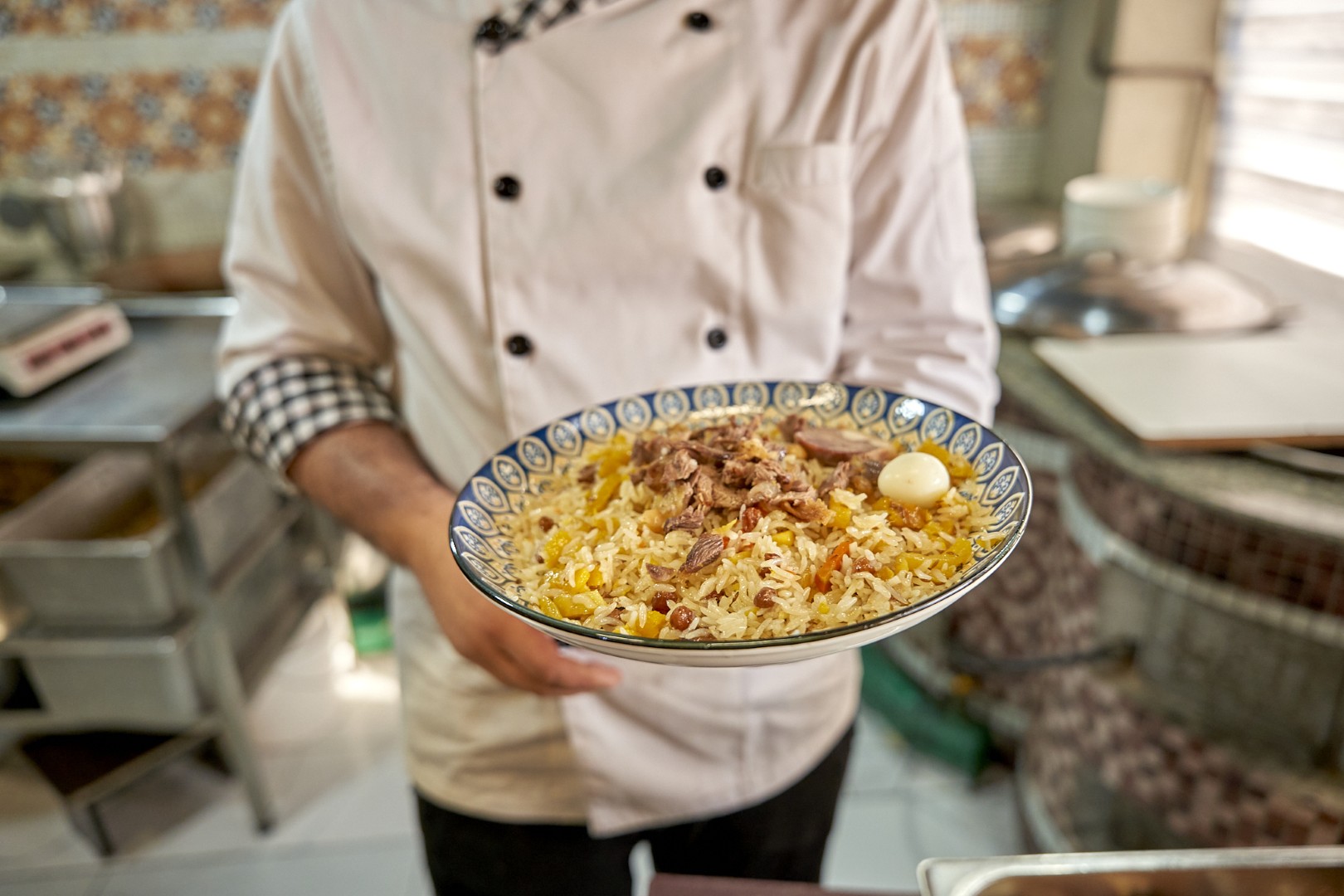
Osh Pilau
Pilau, or “ash” in Kyrgyz, is Osh’s signature dish! It’s probably no coincidence that the name of the city and of its most famous food…
-
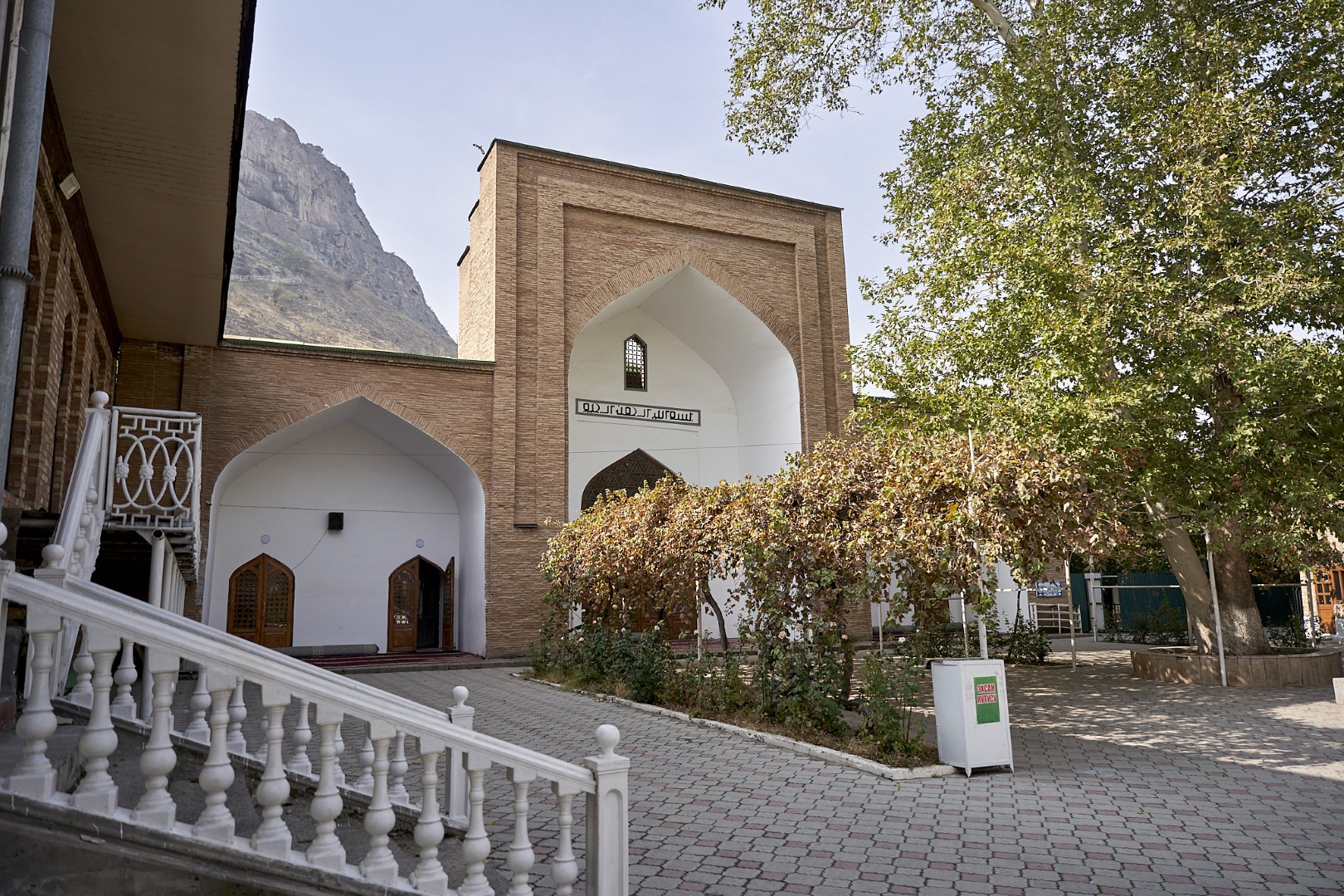
Rabat Abdullah Khan Mosque
Rabat Abdullah Khan Mosque, a historical and architectural monument of the Shaybanid era, is located at the northern foot of the Suleiman Mountain.
-
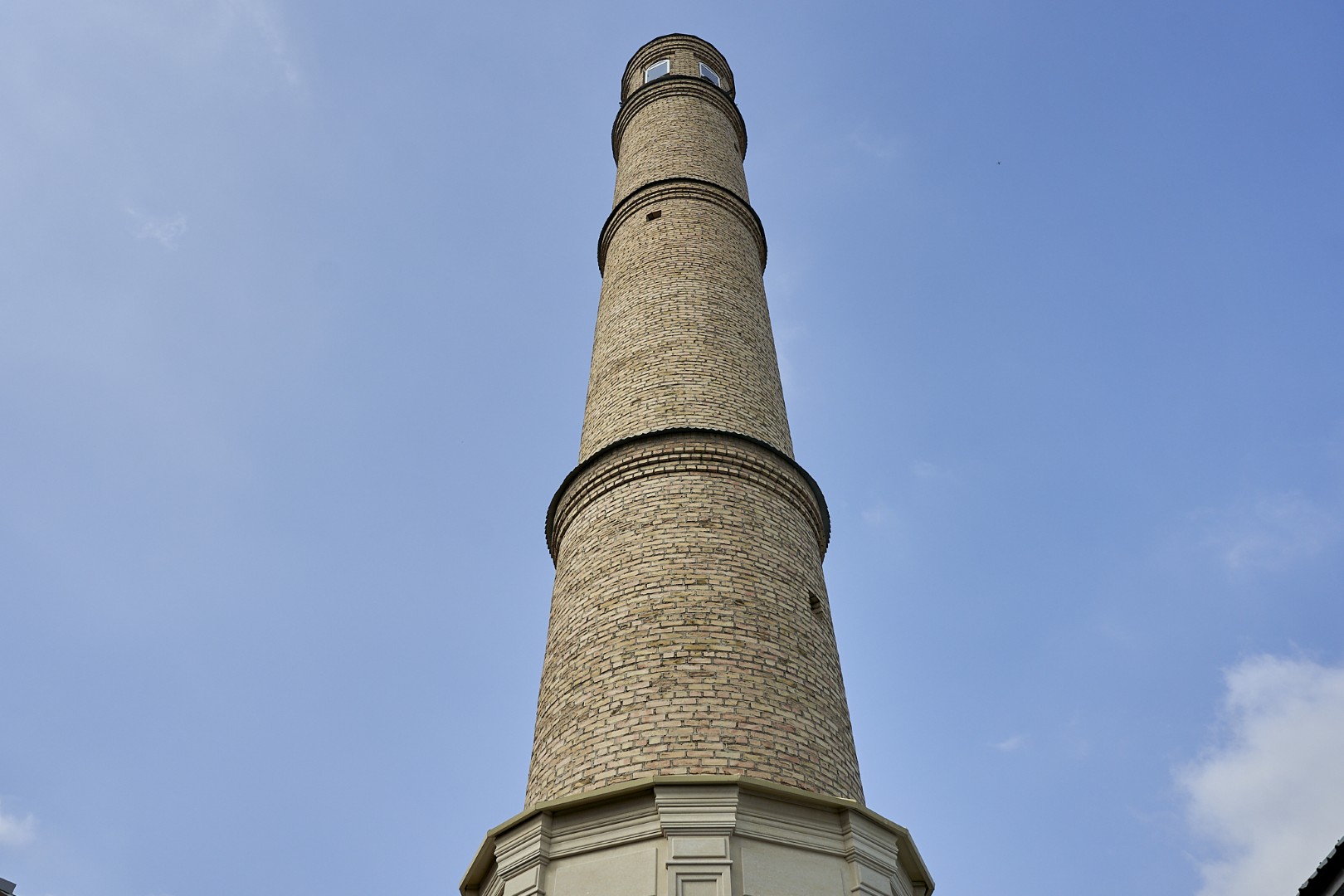
Mosque of Mohammed Yusuf Bai Haji Ogli
Mohammed Yusuf Bai Haji Ogli Mosque, an architectural monument of the 20th century, located on Navoi Street, is an example of a “guzar” (quarterly) religious…
-
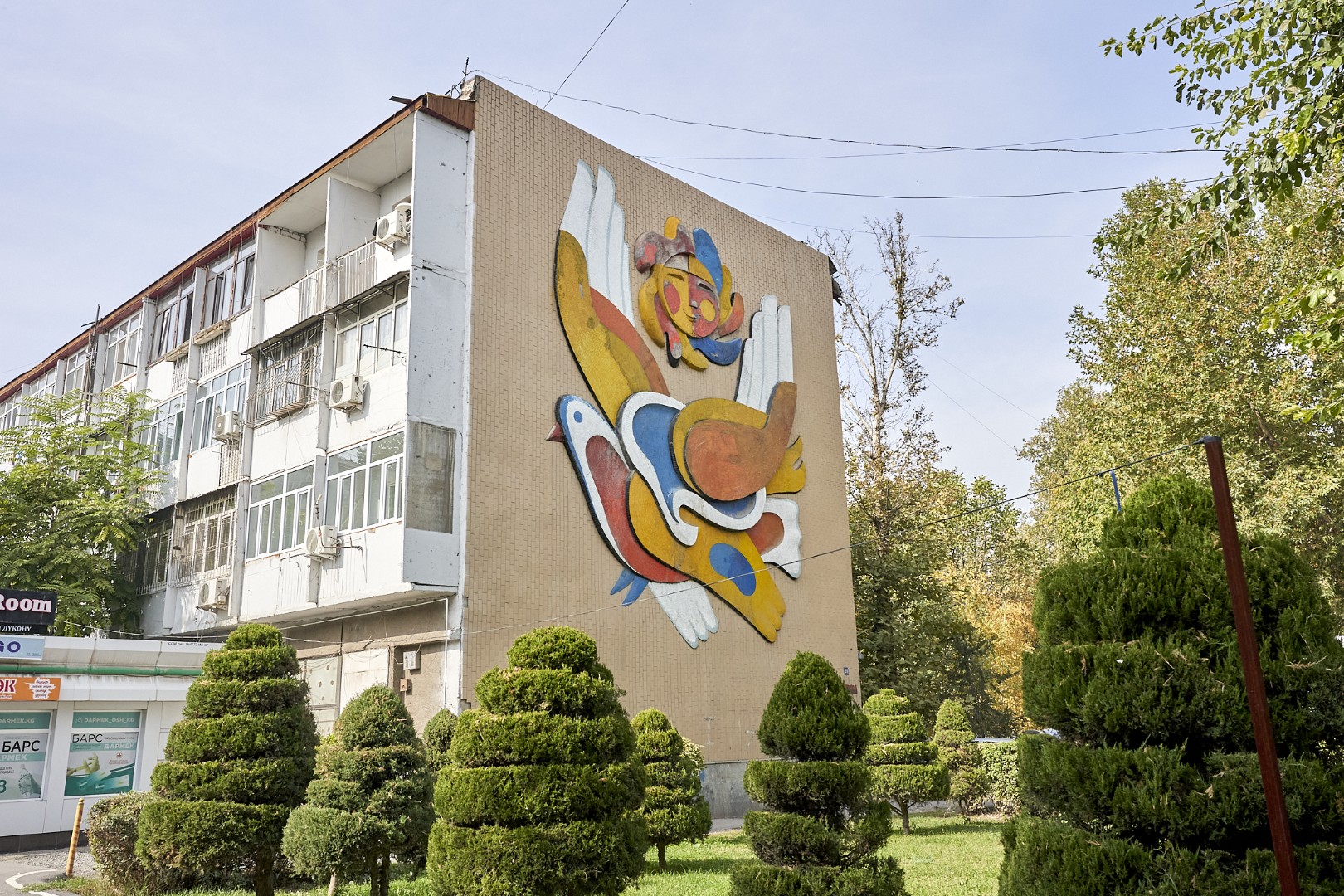
Mosaics as symbols of the era
Monumental mosaics, still preserved on some buildings in Osh, are an instantly-recognizable hallmark of the Soviet period in the history of the city. The first…
